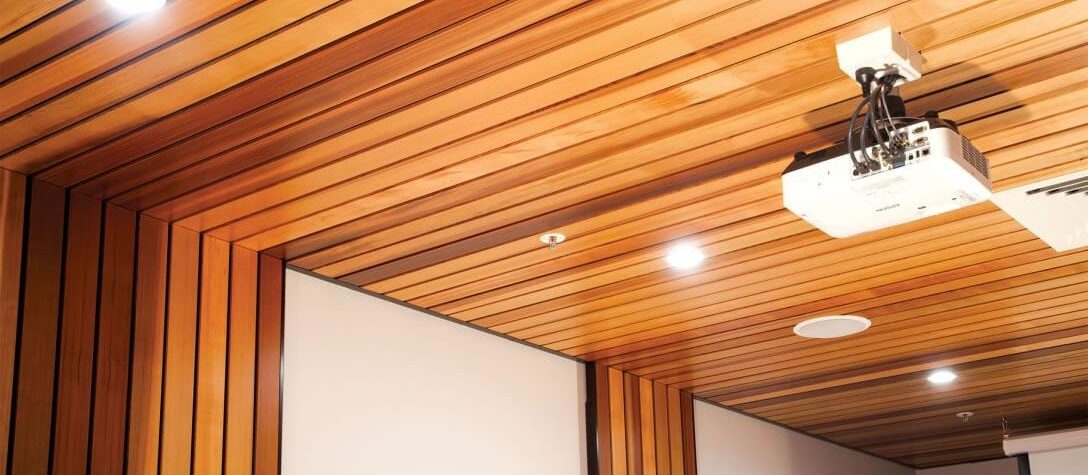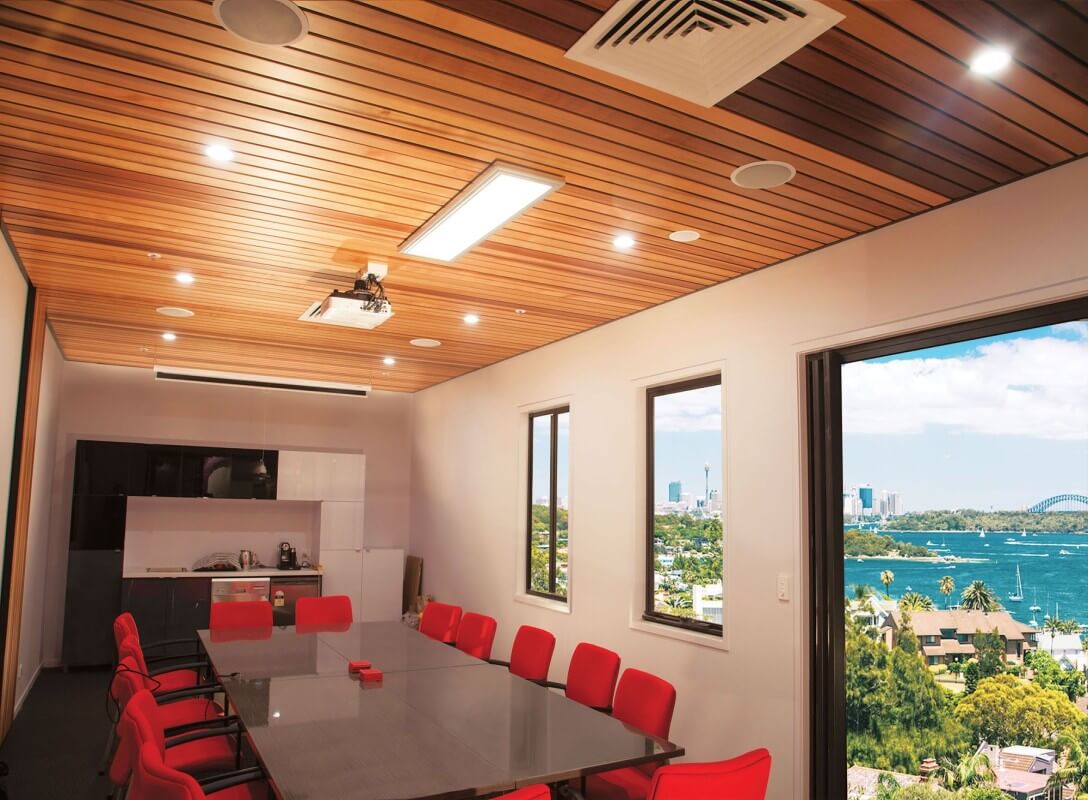
How timber can improve the acoustics of your space
The Greeks were the first to understand and harness the power of acoustics in their design and building of amphitheaters.
Sound waves can take many forms as they travel through the air and interact with the environment.
A sound wave will travel through an environment until it reaches a surface such as a wall or the ceiling. Part of the sound will be absorbed and part of it will be reflected and carry on its journey. Ancient theatre design has a lot to teach us about how we design and style our spaces in the present. When you first enter a space, you will get a feeling for it. You may think it has to do with the colours or the size or even the furniture. While these aspects all play a role, a space can feel cold, unpleasant or just plain unwelcoming because of the acoustics. Therefore, as you’re working on a commercial or office build or design, make sure you allow enough time to consider the acoustic design of the space for wellbeing and productivity.
Why acoustics matter?
Acoustic design in offices and commercial spaces are important as employees who are exposed to excessive noise over long periods of time are both distracting and unhealthy. Loud, stressful noises can impact employees and can affect productivity, satisfaction and potentially even retention.
Human beings are filtering around two million bits of sensory data every second. Our brain is, therefore, making snap decisions about each sound and generating an appropriate response. For example, loud sounds, even intermittently, can trigger physiological responses such as an increased heart rate and blood pressure, because hearing is our primary warning sense.
Therefore, an environment that is acoustically pleasant helps employees relax and work productively. When we deny our nature and forget to listen to what our bodies are telling us every part of our quality of life suffers. That is why you should be looking at incorporating some of the best natural products in the world into your next design or build, by using timber acoustic panels.

Naturally occurrin acoustic properties.
The acoustic properties of timber are naturally occurring, as its network of small interlocking wood cells can convert sound energy into heat energy. This friction ceases the reverberation of sound around a space using vibrations within the sub-structure of the timber cells.
When you add an acoustic timber ceiling to your design and build you are further harnessing the noise reduction properties. You can choose from timber acoustic panels in a range of profile designs. This means your timber acoustics don’t have to compromise your aesthetics, and you can choose the depths and spacing which suits the size, employee density and expected noise levels of the environment you’re creating.
Therefore, as you consider the design elements of your next project, don’t forget those elements that you can’t even see. Timber acoustics can create a positive, comfortable and productive space which your clients will love to be in, and isn’t that what all designers are striving to achieve?